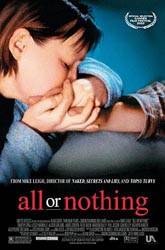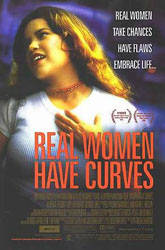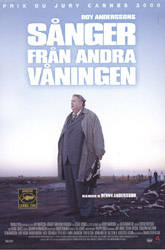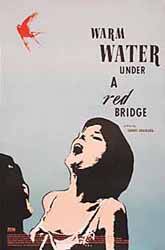 Director: Starring:
OTHER REVIEWS: |
ABC Africa BY: DAVID PERRY Iranian filmmaker Abbas Kiarostami isn't one of my favorites of the acclaimed directors coming out of the woodworks right now. For my money, Mohsen Makhmalbaf is the better of the Iranian New Wave, and at least his family has turned out to be more talented than the godfather who looks over them and the country's entire film industry. This disinterest in Kiarostami came soon after seeing his beloved Palme d'Or winning film Taste of Cherry, which was well made but failed on nearly every level of potency. At the end of that film, Kiarostami seems to be asking people to rise up and speak of the profound film they were just privy to. Most people did; I didn't. Give me his more interesting Close-Up, which happened to star Makhmalbaf. I generally come averse to films that attempt to aestheticize found footage that might work well as vérité. However, Kiarostami serves one of his bigger surprises -- by using his aesthetic pretensions and his political leanings, he turns his first documentary to get a respectable release in America into one of the more interesting works of non-fictions films this year. Now, ABC Africa is not a great film, by any means, but it does show some newfound Kiarostami traits to the non-fan. ABC Africa shouldn't deliver anything of real note other than overburdening shots of dunes and clouds and sunsets -- though there are all of those -- but Kiarostami finds just the right chord for his filming of the problems in Uganda. The film begins with a fax from the United Nations International Fund for Agricultural Development requesting his help in making a movie about AIDS and war causing 1.6 million Ugandan orphans. Soon Kiarostami, who received the United Nations Educational, Scientific, and Cultural Organization's Fellini Medal in 1997, and cameraman Seifollah Samadian leave Bahrain for Kampala. Soon they find the normal culture shock before delving deep into the social and economic problems that have made AIDS and war such a huge problem for the residents. Kiarostami's camera, now a digital camera that he seems too giddy to play with at times, follows the people of Kampala as they go through their day-to-day lives, though many of them put on a show for the camera in front of them (Kiarostami at one point smartly shows the preparations that some go through to make their plight look especially bad to the camera crew). He watches children in the streets sing and dance along with an African song on the radio; some time later he is following the dead body of a AIDS baby as it is wrapped in paper, placed in half a cardboard box, and bicycled off to a final burial place. It's so absurd it feels like poetry. In the film's best sequences, the filmmakers struggle with the lack of development in Uganda, especially the government-implemented blackouts every night at midnight. Not knowing about the blackouts, they are left in the dark trying to find their hotel rooms. It's astonishing to think about the iconic appearing director stuck fumbling around in the dark trying to find his way. Even though Kiarostami nearly ruins the effect at the end of this sequence (with one of his dramatic bursts of lightning), it is still an intriguing addendum to the Ugandan economy, the limitations of a small digital film crew, and the realities of some of the biggest names of modern film. One reason that I especially liked this moment is that it
seemed so distant from the rest of the film. Everything else in the film is either happy
or sad, rarely in the median. The blackout stuff seems incidental and unimportant, an
interesting side note to someone's travel film. What differentiates the novice travelogue
filmmaker and the true auteur is that the latter knows to keep the camera running. |









